
Mitsubishi Mirage Hatchback (2013-2021) interior, tech and comfort

With the greatest will in the world you couldn’t really describe the Mitsubishi Mirage’s interior as exciting or luxurious. The piano-black finished centre console stands out as the most eye-catching item on the sober, grey plastic-clad dashboard.
It’s all logically laid out, however, and the seat and steering wheel have a good range of adjustment so it won’t take long to find a comfortable driving position. The clutch pedal is very light, making driving in traffic an easy task.
As you’d expect of a car clearly built to a strict budget, the plastics and interior trim are a little on the utilitarian side. The carpet is noticeably thin with a tough texture and some of the cabin’s fittings, such as the section of roof lining next to the doors for instance, feel quite flimsy to the touch.
Although its cabin is very much on the plain side, Mitsubishi Mirage comfort levels could be worse. The rather nondescript looking front seats are quite firm but remain comfortable over a long journey. They’re a little lacking in side support when cornering, though.
Rear passengers sit on a basic bench seat arrangement but despite the Mirage’s small dimensions they won’t be too squashed, provided the front passenger seat isn’t occupied by a giant. Although the Mirage has smaller overall dimensions than the Mitsubishi Colt model it replaces, it has more interior space than before thanks to its new platform design.
The soft suspension gives the Mirage a comfortable ride at low speeds around town although it can get bouncy at higher speeds on bumpy roads.


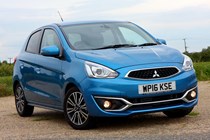
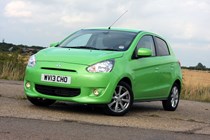
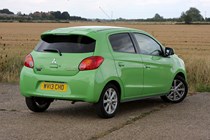
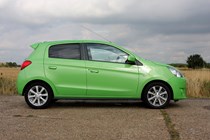

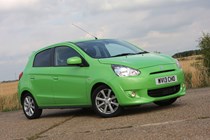
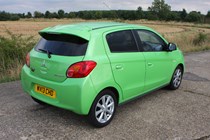
.jpg)
.jpg)
.jpg)
.jpg)
.jpg)
.jpg)
.jpg)
.jpg)
.jpg)
.jpg)
.jpg)
.jpg)
.jpg)
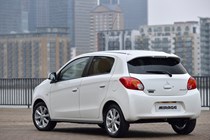
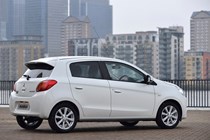
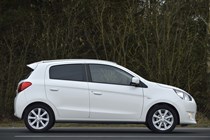
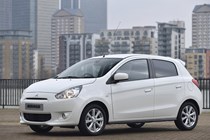
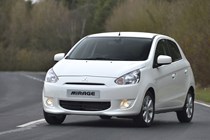
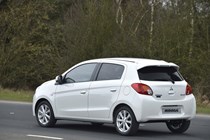
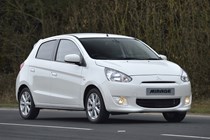
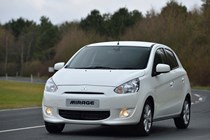

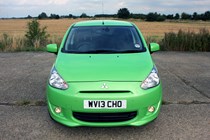
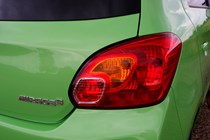
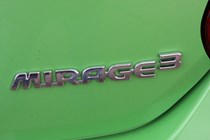
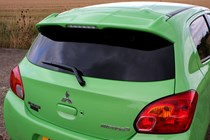
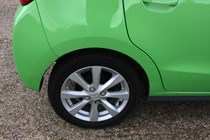
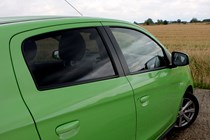




.jpg)
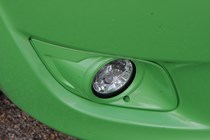
.jpg)
.jpg)
.jpg)
.jpg)
.jpg)
.jpg)
.jpg)
.jpg)
.jpg)
.jpg)
.jpg)
.jpg)
.jpg)
.jpg)
.jpg)
.jpg)
.jpg)
.jpg)
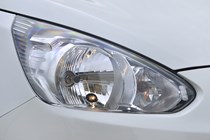
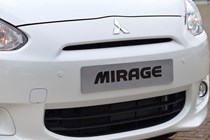
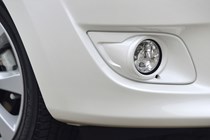

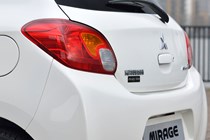
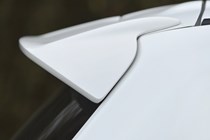
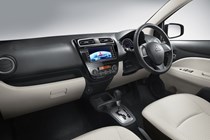
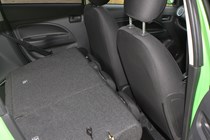
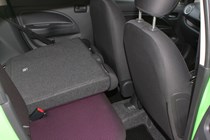
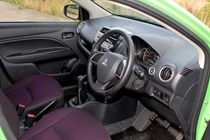
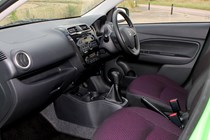
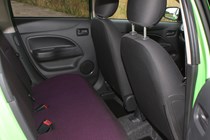
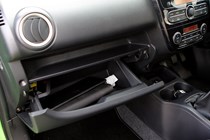
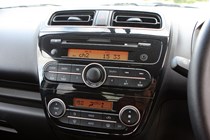
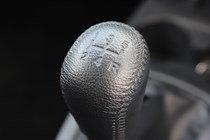

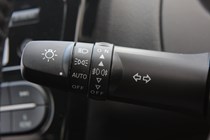
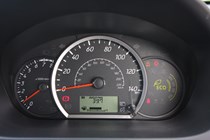

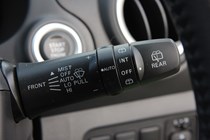
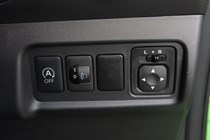

.jpg)
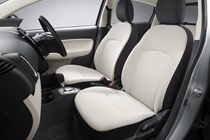
.jpg)
.jpg)
.jpg)
.jpg)
.jpg)
.jpg)
.jpg)
.jpg)
.jpg)
.jpg)
.jpg)
.jpg)
.jpg)
.jpg)
.jpg)
.jpg)
.jpg)
.jpg)
.jpg)
.jpg)
.jpg)
.jpg)
.jpg)
.jpg)
.jpg)
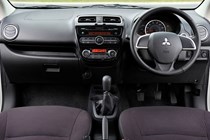

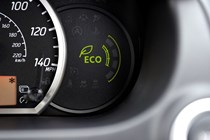

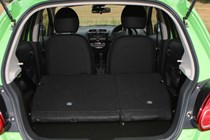
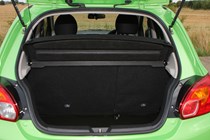
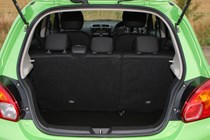
.jpg)
.jpg)
.jpg)
.jpg)
.jpg)
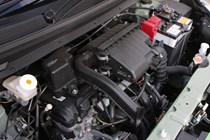
.jpg)
.jpg)
.jpg)
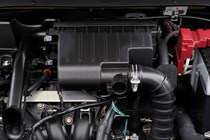
.jpg)
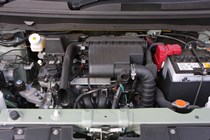







.jpg?quality=50)
.jpg?quality=50)
.jpg?quality=50)
.jpg?quality=50)
.jpg?quality=50)
.jpg?quality=50)
.jpg?quality=50)
.jpg?quality=50)
.jpg?quality=50)
.jpg?quality=50)
.jpg?quality=50)
.jpg?quality=50)
.jpg?quality=50)



















.jpg?quality=50)

.jpg?quality=50)
.jpg?quality=50)
.jpg?quality=50)
.jpg?quality=50)
.jpg?quality=50)
.jpg?quality=50)
.jpg?quality=50)
.jpg?quality=50)
.jpg?quality=50)
.jpg?quality=50)
.jpg?quality=50)
.jpg?quality=50)
.jpg?quality=50)
.jpg?quality=50)
.jpg?quality=50)
.jpg?quality=50)
.jpg?quality=50)
.jpg?quality=50)






















.jpg?quality=50)

.jpg?quality=50)
.jpg?quality=50)
.jpg?quality=50)
.jpg?quality=50)
.jpg?quality=50)
.jpg?quality=50)
.jpg?quality=50)
.jpg?quality=50)
.jpg?quality=50)
.jpg?quality=50)
.jpg?quality=50)
.jpg?quality=50)
.jpg?quality=50)
.jpg?quality=50)
.jpg?quality=50)
.jpg?quality=50)
.jpg?quality=50)
.jpg?quality=50)
.jpg?quality=50)
.jpg?quality=50)
.jpg?quality=50)
.jpg?quality=50)
.jpg?quality=50)
.jpg?quality=50)
.jpg?quality=50)







.jpg?quality=50)
.jpg?quality=50)
.jpg?quality=50)
.jpg?quality=50)
.jpg?quality=50)

.jpg?quality=50)
.jpg?quality=50)
.jpg?quality=50)

.jpg?quality=50)
